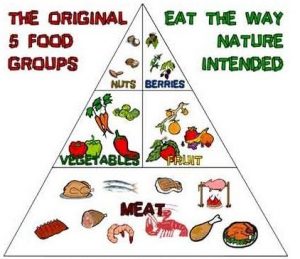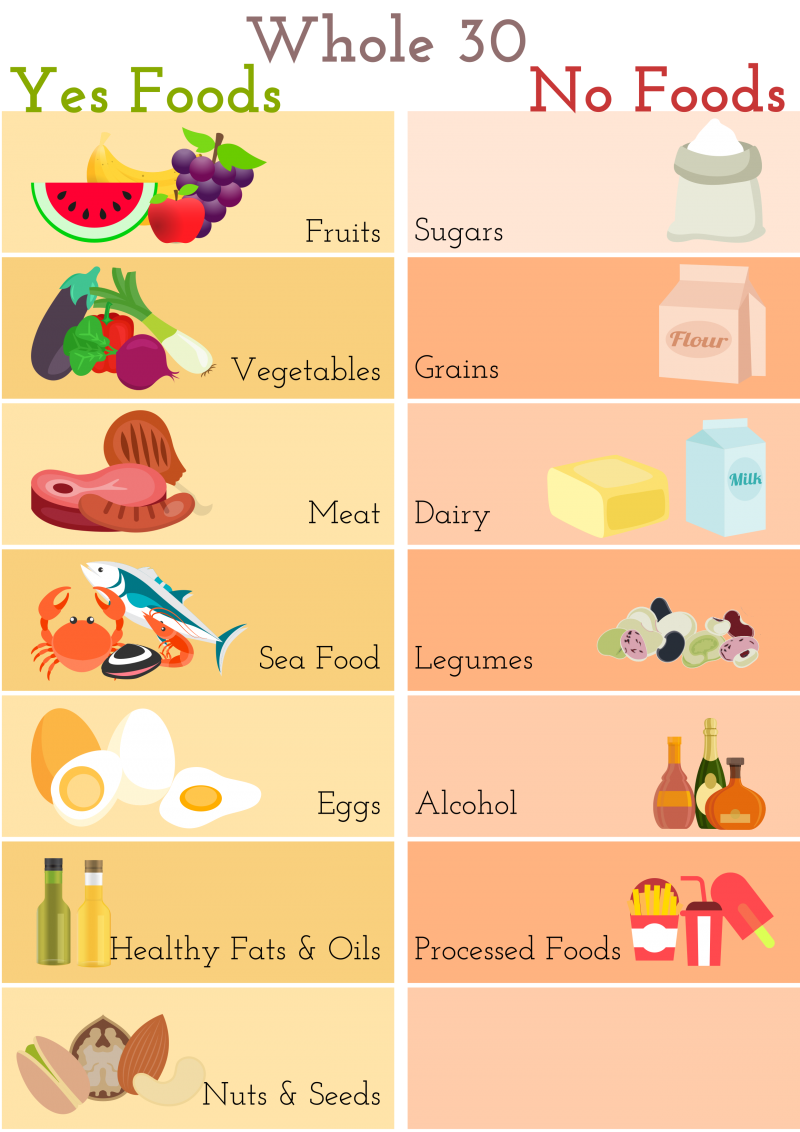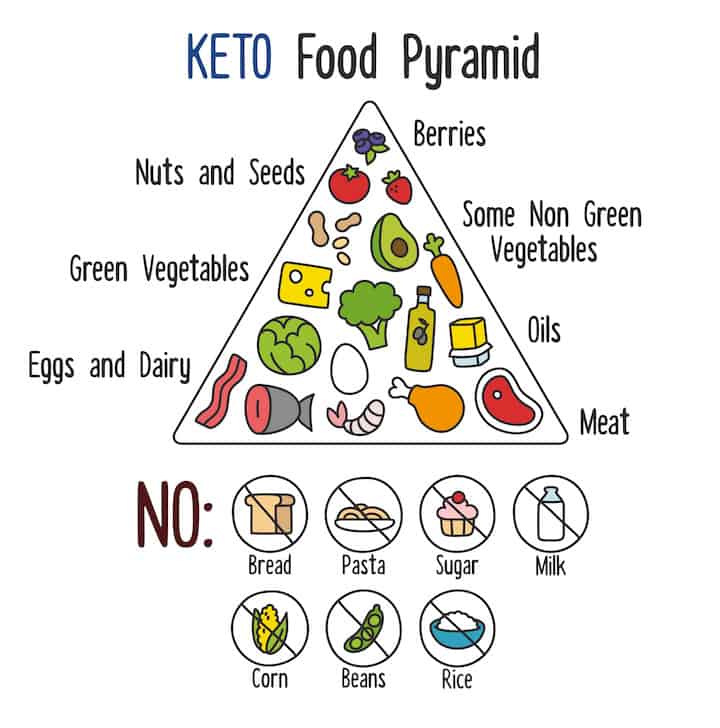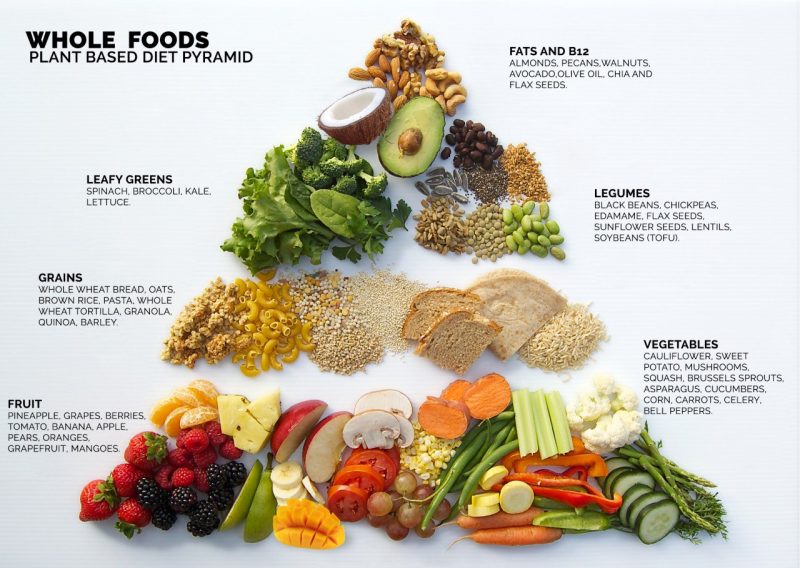A few months ago, my husband and I tried the Whole30 diet and were successful. I lost 6 lbs, and he lost 8. You can read more about our journey on my blog post, five surprising lessons you need to know about Whole30. We felt good at the end of the 30days and kept our newly formed habits for a while.
But slowly, we fell back into the same routine of eating carbohydrates and sugar and eventually gained back the weight we lost (and for me an extra few lbs)!
On top of this, I developed anemia when my uterine fibroids became more of an issue, so I stopped exercising as much due to low energy. I kept getting sick and catching every virus but didn’t make the correlation of it all until I found out I was anemic. I’m now taking iron supplements to get my anemia under control and getting back into my running routine, but I am not feeling as healthy as I once was. Age doesn’t help either, as I’ll be turning 46 this year! But I’m committed to being in optimal health as I grow older.
So here I am, wondering how I will get there. It all starts with our diet. Now, I know “diets” are not sustainable and that more than likely, any weight we lose we will gain back. I know it’s a lifestyle we need to adopt and stick with indefinitely. But I need a kickstart plan. Most of us do, don’t we? I’m only human, and I love food! And wine. And pear martinis! Oh, and sugar. And carbs! With that, I’m researching popular diets/eating lifestyles as I consider the steps to get back on track to make my body healthier.
Paleo, Whole30, Keto, Plant-based, Fasting – Which is best?
The differences among the five most popular diets
People may know general guidelines for each one, but how are they different?
1.Paleo diet – no dairy, sugar, beans, grains

http://www.paleoplanrecipes.com/paleo-food-list/
This diet focuses on “caveman” foods (foods that were obtained by hunting and gathering) and limits foods that became mainstream when farming took off approximately 10,000 years ago, such as dairy products, legumes, grains, added sugar, and hydrogenated oils. It includes:
- vegetables,
- meats, fish,
- healthy fats
- fruits, nuts, and seeds (in moderation)
- nutrient-dense yet starchy vegetables like sweet potatoes
- natural sweeteners like maple syrup
2. Whole30 Diet – Paleo with no artificial sweeteners or anything processed

http://www.fitnesshq.com/the-whole30-diet/
On Whole30, no recipes that mimic carbohydrate foods that you’re used to eating are allowed (ex. Paleo pancakes).
3. Ketogenic Diet – high fat (dairy), low carb, some protein, no sugar

source: https://lowcarbyum.com/best-keto-foods-list/
The main goal of the ketogenic diet is to significantly limit carb intake. The idea is that when carbs are not available, the body will begin to break down fats for fuel and produce ketones which act as an alternative source of fuel in the body.





